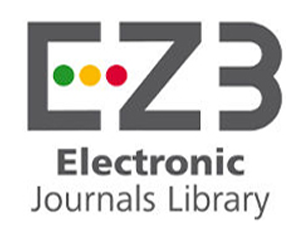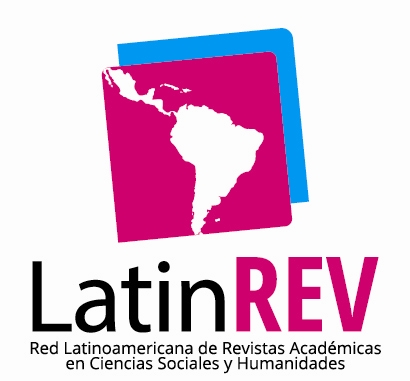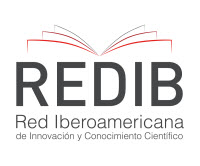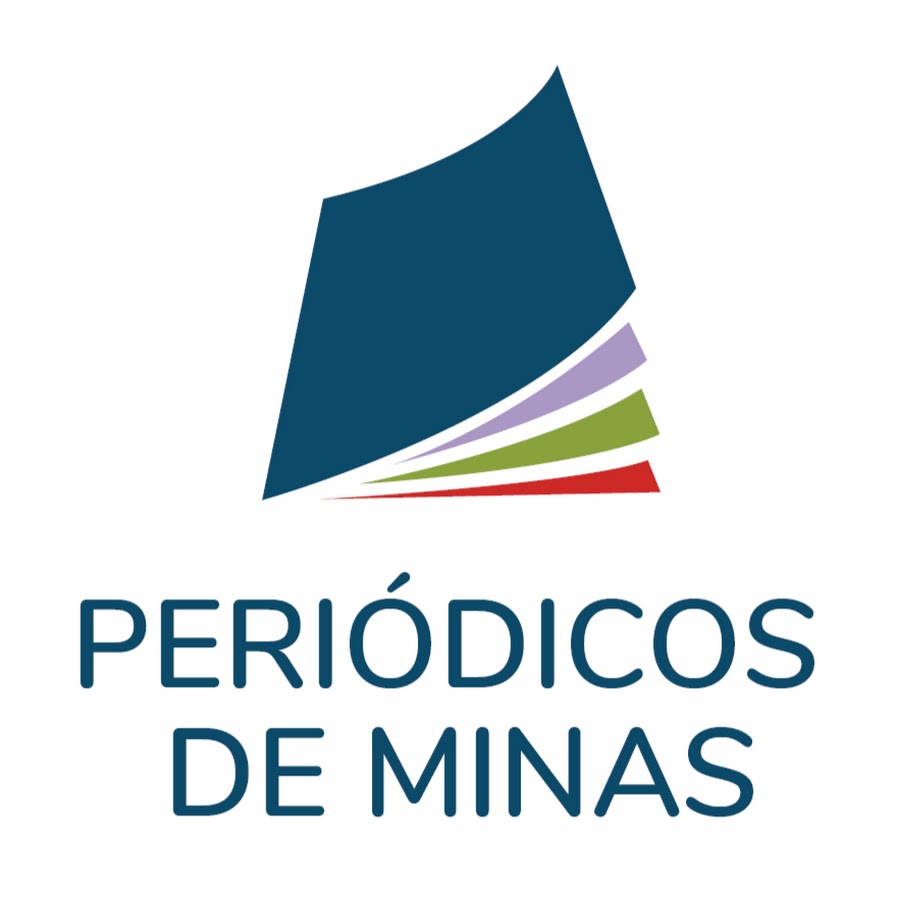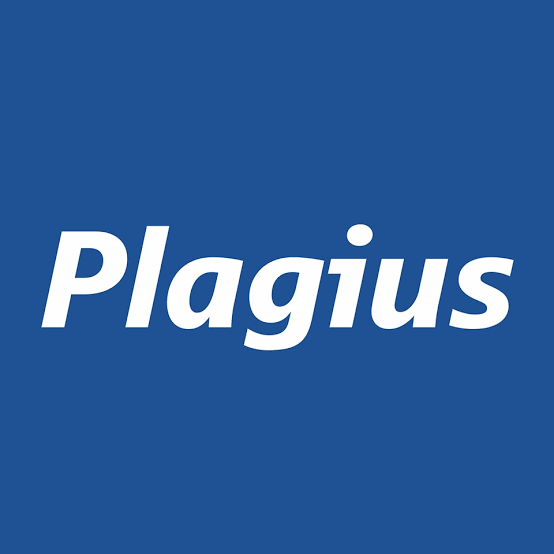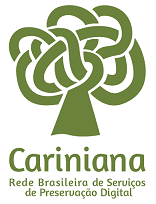Toda forma carrega a marca do artista: gestualidade na crítica de arte brasileira contemporânea
DOI:
https://doi.org/10.14393/artc-v23-n43-2021-64080Palavras-chave:
Gestualidade, crítica de arte contemporânea, pintura de açãoResumo
A gestualidade presente na pintura gestual é frequentemente lida como fruto da descarga emocional do artista. Diante dessa leitura da crítica, tais obras são vistas pela associação da marca da gestualidade à ideia de uma atitude do artista comprometido com a arte. Neste artigo, proponho apresentar um comentário sobre esse discurso que funde artista e obra como um “lugar” da crítica de arte contemporânea no Brasil, sempre que esta é solicitada a enfrentar trabalhos que apresentam uma gestualidade evidente. Busco demonstrar ainda certas genealogias dessa leitura, amparada em ideias promovidas pelo romantismo, pelos expressionismos e pela action painting.
Downloads
Referências
AMARAL, Aracy. A arte urbana de Henrique Oliveira. Catálogo da exposição Henrique Oliveira, Galerie Georges-Philippe & Nathalie Vallois, Paris, 2011. Disponível em <http://www.henriqueoliveira.com/portu/depo2.asp?flg_Lingua=1&cod_Depoimento=30>. Acesso em 1 set. 2016.
ASHTON, Dore. The unknown shore: a view of contemporary art. Boston: Little/Brown, 1962.
AVELAR. Ana Cândida de. A raiz emocional: arte brasileira na crítica de Lourival Gomes Machado. São Paulo: Alameda, 2014.
BEHR, Shulamith. Expressionismo. São Paulo: Cosac Naify, 2000.
BRITO, Ronaldo e KLABIN, Vanda. Jorge Guinle: belo caos. Porto Alegre: Fundação Iberê Camargo, 2008.
BRITO, Ronaldo. Desde o início, uma obra que recusa soluções fáceis. In: LIMA, Sueli de (org.). Experiência crítica: textos selecionados. São Paulo: Cosac Naify, 2005.
BRITO, Ronaldo. Possibilidades de pintura: dois exemplos. Gávea, n. 2, Rio de Janeiro, set. 1985.
CHIARELLI, Tadeu. Uma resenha, mesmo que tardia: Roberto Pontual e a sobrevida da questão da identidade nacional na arte brasileira dos anos 1980. Ars, ano 7, n. 15, São Paulo, 2017.
DIDI-HUBERMAN, Georges. L’empreinte. Paris: Centre Georges Pompidou, 1997.
DUARTE, Paulo Sergio. Colors: Respect and Wildness. In: Maria Lynch. Disponível em <http://www.marialynch.com.br/colors-respect-and-wildness>. Acesso em 1 set. 2016.
DUARTE, Paulo Sergio. Paulo Sergio Duarte: a trilha da trama e outros textos sobre arte. Rio de Janeiro: Funarte, 2004.
EDWARDS, L. H. A brief conceptual history of Einfühlung: 18th-century Germany to post-World War II U.S. History of Psychology, v. 16, n. 4, 2013. Disponível em <https://doi.org/10.1037/a0033634>. Acesso em 20 nov. 2020.
GALARD, Jean. A beleza do gesto: uma estética das condutas. São Paulo: Edusp, 1997.
KANDINSKY, Wassily. Sobre a questão da forma [1912]. In: CHIPP, H. B. Teorias da arte moderna. São Paulo: Martins Fontes, 1999.
LEJA, Michael. Reframing Abstract Expressionism: subjectivity and painting in the 1940's. New Haven and London: Yale University Press, 1993.
LEVINE, Edward M. Abstract expressionism: the mystical experience. Art Journal, v. 31, n. 1, New York, autumn 1971. Disponível em <https://www.jstor.org/stable/775629>. Acesso em 10 jun. 2019.
LOPES, Almerinda da Silva. A reversibilidade do tempo na pintura de Jorge Guinle. Palíndromo: Revista de Teoria e História da Arte, n. 3, Florianópolis, 2010.
MORAIS, Frederico. Retrato e autorretrato da arte brasileira. In: SEFFRIN, Silvana (org.). Frederico Morais. Rio de Janeiro: Funarte, 2004.
MUNDT, Ernest K. Three aspects of German aesthetic theory. The Journal of Aesthetics and Art Criticism, v. 17, n. 3, mar. 1959. Disponível em <http://www.jstor.org/stable/427810>. Acesso em 13 dez. 2011.
NOWAK, Magdalena. The complicated history of Einfühlung. Disponível em <https://api.semanticscholar.org/CorpusID:13223310>. Acesso em 10 out. 2020.
OITICICA, Hélio. Esquema geral da Nova Objetividade. In: FERREIRA, Gloria e COTRIM, Cecilia (orgs.). Escritos de artistas: anos 60/70. Rio de Janeiro: Jorge Zahar, 2006.
POLLOCK, Jackson. Text from possibilities. MoMA. Disponível em <https://www.moma.org/interactives/exhibitions/1998/pollock/website100/txt_possibilities_drip.html>. Acesso em 20 nov. 2020.
ROSENBERG, Harold. Os action-painters norte-americanos. In: A tradição do novo. São Paulo: Perspectiva, 1974.
SCHULTZ, Stefan H. German Expressionism 1905-1925. Chicago Review, v. 13, n. 1, Chicago, winter-spring 1959. Disponível em <https://www.jstor.org/stable/25293491>. Acesso em 30 abr. 2019.
SELZ, Peter and STILES, Kristine. Gestural Abstraction. In: Theories and documents of contemporary art: a sourcebook of artists writings. Los Angeles: University of California Press, 2012.
SLIFKIN, Robert. The tragic image: action painting refigured. Oxford Art Journal, v. 34, n. 2, Oxford, 2011.
WEISSTEIN, Ulrich. Expressionism: style or "Weltanschauung"? Criticism, v. 9, n. 1, Detroit, winter 1967. Disponível em <https://www.jstor.org/stable/23094253>. Acesso em 10 jun. 2019.
WORRINGER, Wilhelm. Calidad y actitud. En oportunidad de inaugurarse la secesión de Berlin. Arte y sus interrogantes. Buenos Aires: Nueva Visión, 1959.
Downloads
Publicado
Edição
Seção
Licença
Autores que publicam nesta revista concordam com os seguintes termos da licença Creative Commons, adotada a partir da ArtCultura, v. 21, n. 39 (jul.-dez. 2019).
CC BY-NC-ND 4.0: o artigo pode ser copiado e redistribuído em qualquer suporte ou formato. Os créditos devem ser dados ao autor original e mudanças no texto devem ser indicadas. O artigo não pode ser usado para fins comerciais. Caso o artigo seja remixado, transformado ou algo novo for criado a partir dele, ele não pode ser distribuído.
Autores têm autorização para assumir contratos adicionais separadamente, para distribuição não exclusiva da versão do trabalho publicada nesta revista (ex.: publicar em repositório institucional ou como capítulo de livro), com reconhecimento de autoria e publicação inicial nesta revista.



